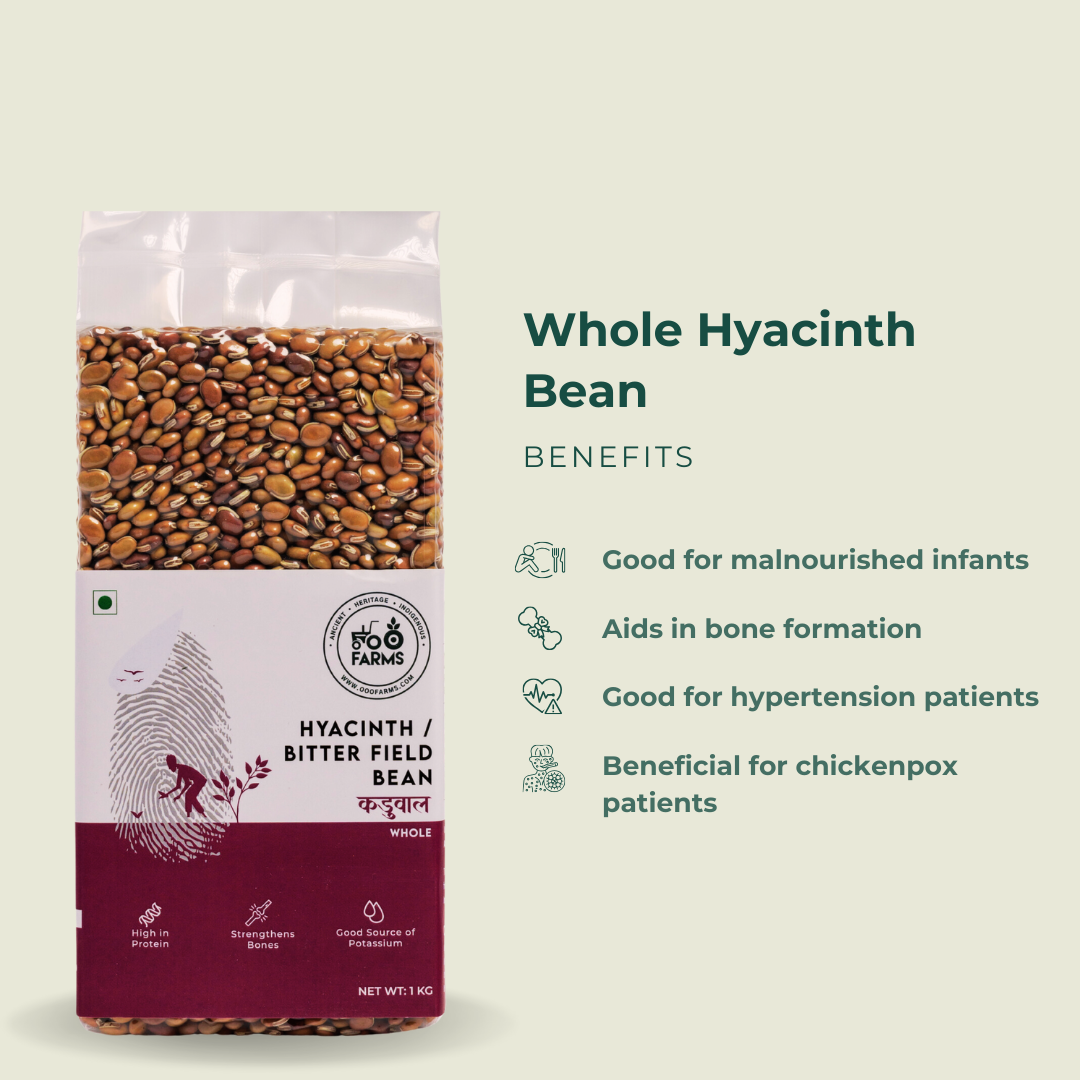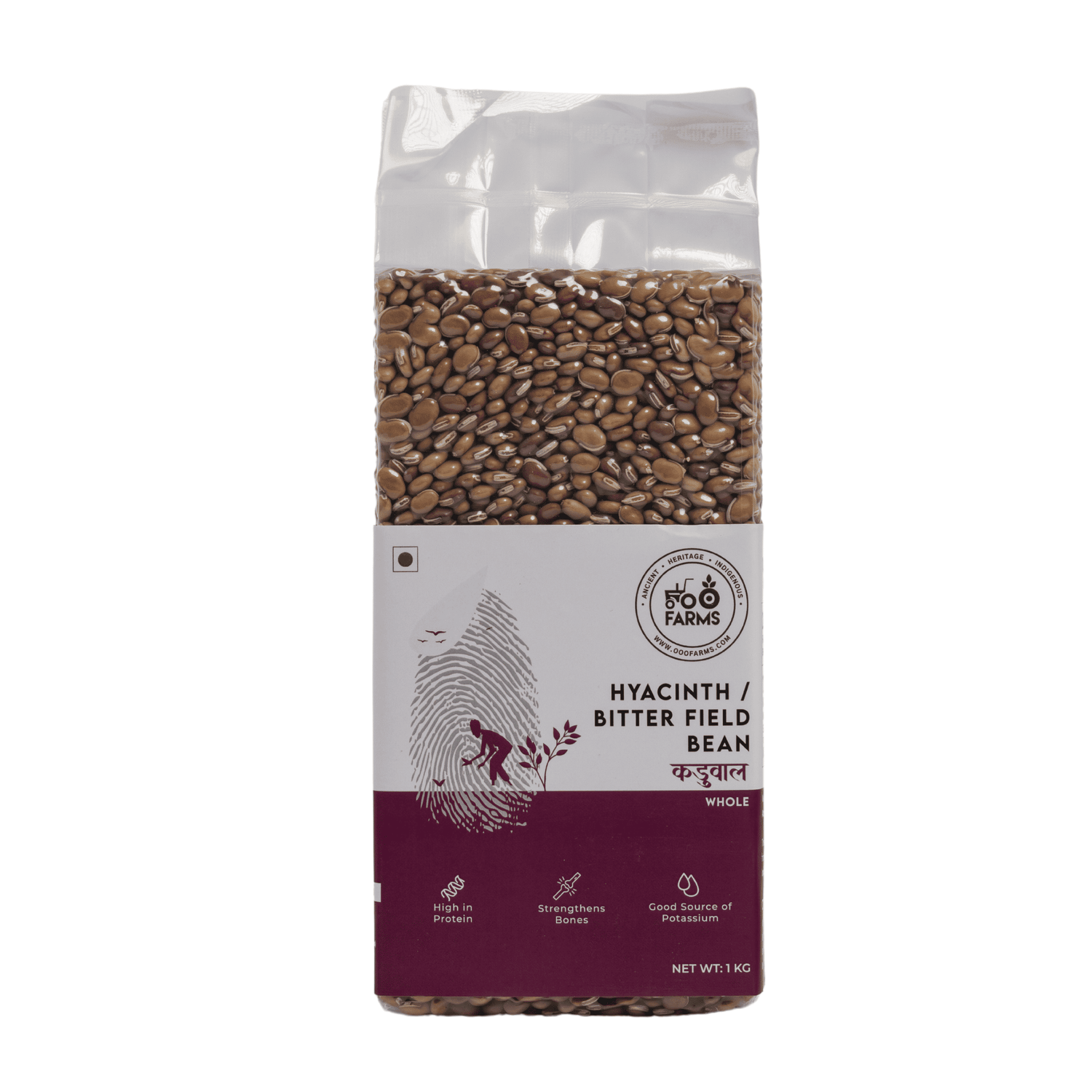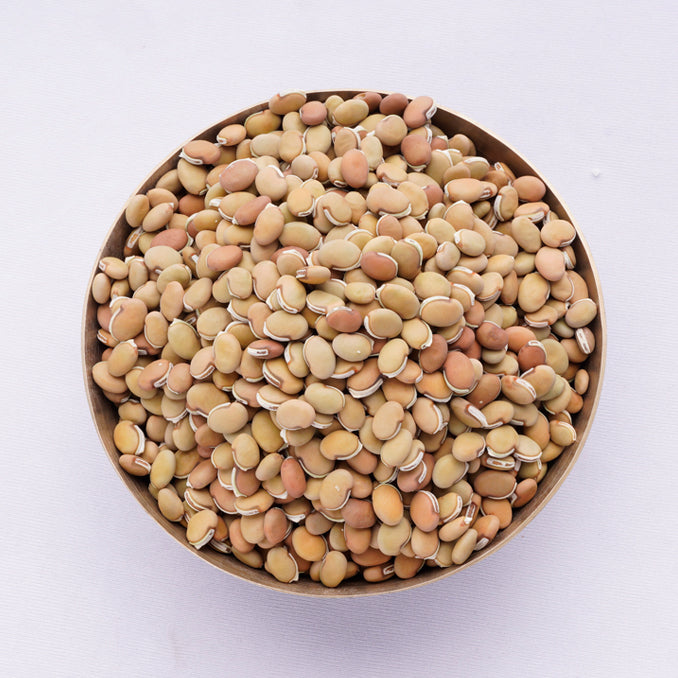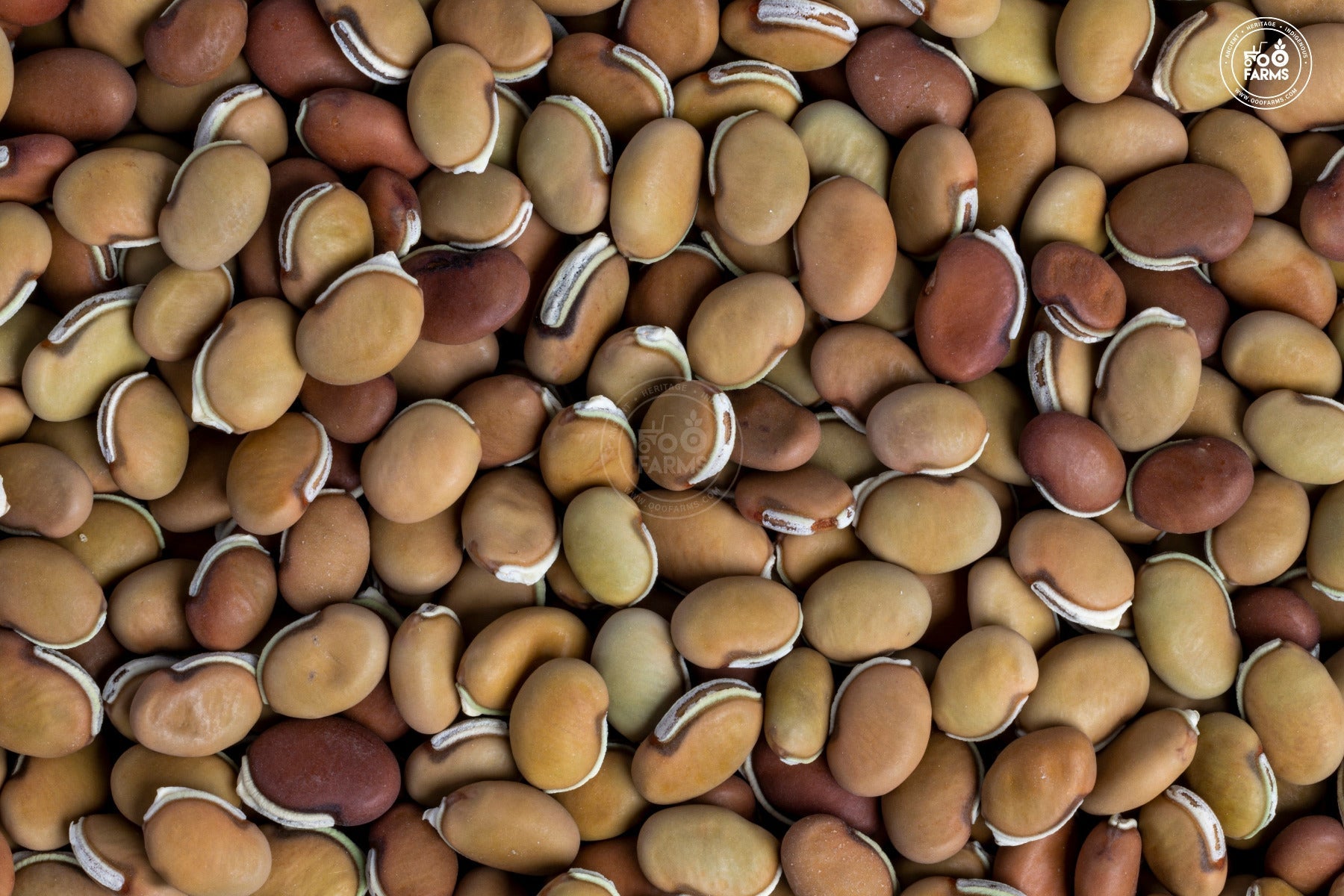
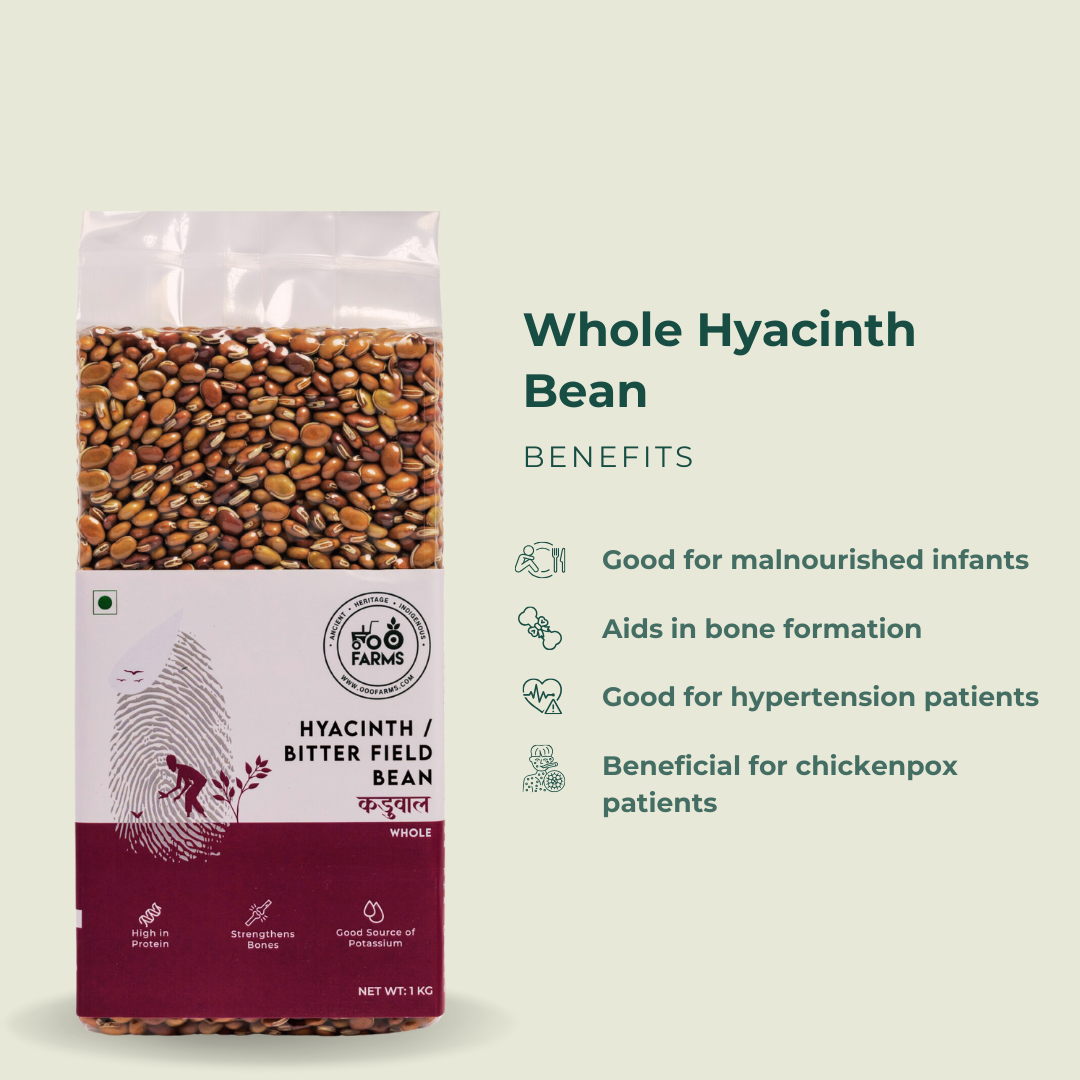
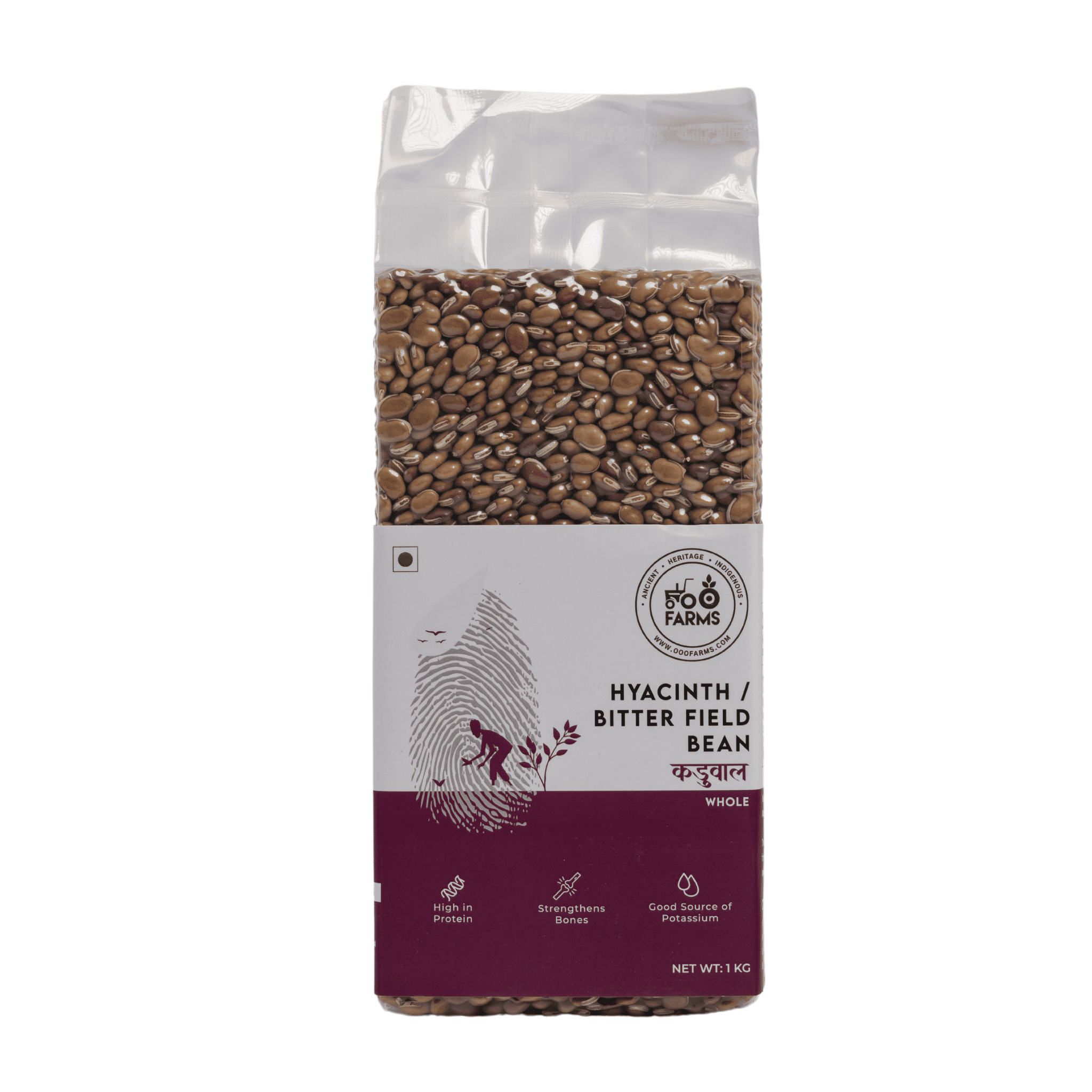
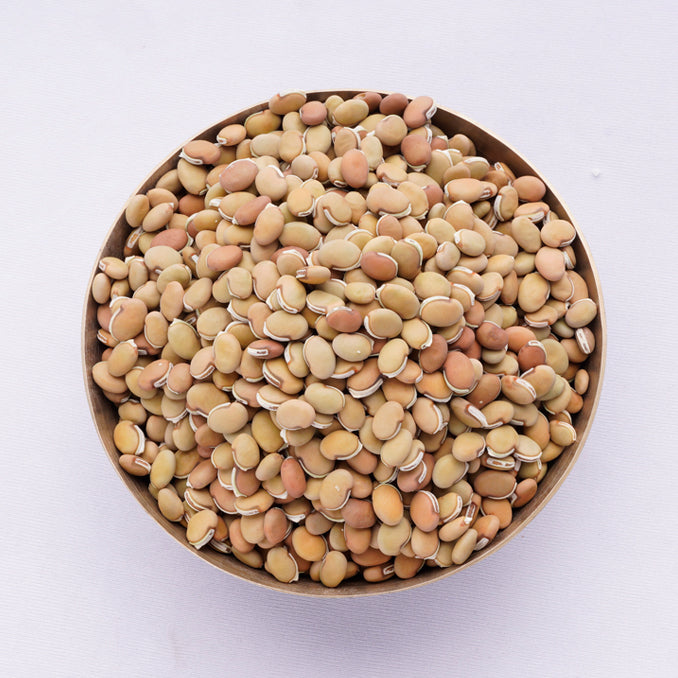
Additional Product Details
Description
Native to Southeast Asia, Hyacinth Beans are not only an Old World pulse but also an important Tribal pulse.
Hyacinth Beans are Anti marasmus, that is, it helps in fighting fatal malnutrition especially in infants. The tubers of these Bitter Field Beans are pounded and used as medicine to treat chickenpox.
The Koli tribe love their Kadve Vaal or bitter field beans. The sprouted and de-skinned beans are cooked with onions and coconut to make a delicious curry. But the dish is notorious for its flatulence-inducing properties. So, a meal featuring Kadve Vaal curry would invariably be followed by Kokum sharbat.
Health Benefits
Cooking Instructions
Recommended Usage
Commonly Known As
History



